It has been 150 years since a group of painters on the fringes of the French art scene put together an exhibition of their work at a photographer’s studio in Paris. It was the dawn of perhaps the most famous art movement of all time: Impressionism.
But although the breakthrough occurred in Paris, the style and philosophy of these artists took shape on the beaches and seaside resorts of Normandy, where Claude Monet grew up 20 years earlier. Here, Eugène Boudin, a local painter from Honfleur, encouraged the young artist to set up his easel outside the door and start painting spontaneously. The images of sky, cliffs, sea and beach he created with rapid brushwork and vibrant colors have become some of the most memorable and popular images in Western art.
But it wasn’t just the bright skies and changing moods of sea and light that attracted Monet and many other great French painters of the 19th century to this shore. It was the allure of beach resorts. The fashion for swimming in the sea, imported from resorts such as Brighton and Weymouth, was radically transforming the most beautiful beaches and fishing villages of the Normandy coast.
Grand hotels were opening to accommodate tourists, and new rail links from Paris meant that the bourgeoisie could reach the coast within a few hours and count themselves among the crowds on what became known as the “summer boulevard of Paris”.
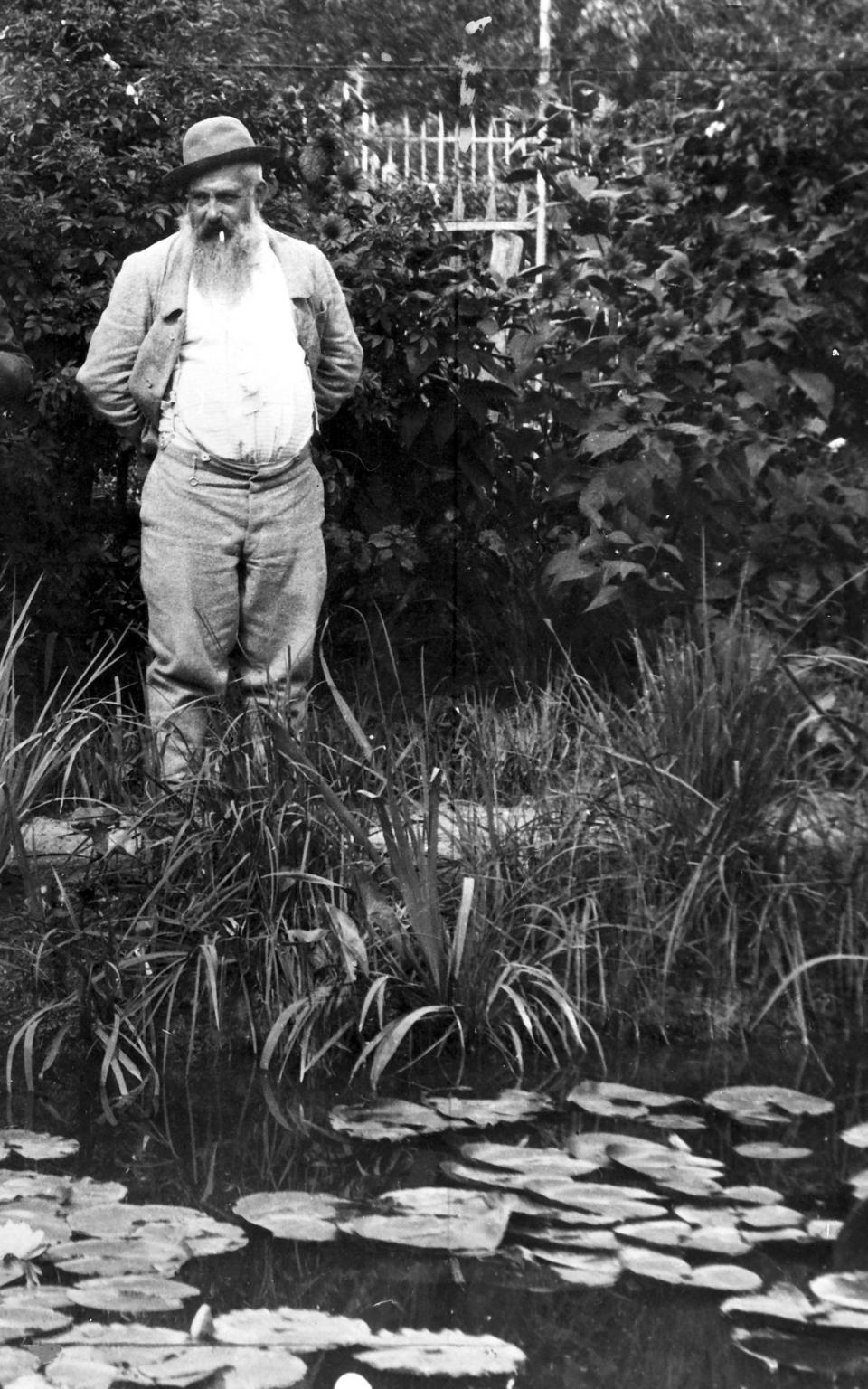
While many of their British equivalents were in decline, many of the 19th-century resorts around the mouth of the Seine continued to thrive (only Le Havre, hit hard during the Second World War, lost its essential appeal). ). The coastline as a whole remains as attractive as the day Monet first set up his easel. Here are the highlights.
Honfleur
Overlooking the mouth of the River Seine, Honfleur’s beautiful overlook is Vieux Bassin, the old port formerly surrounded by defensive walls. It is now a picturesque place to moor a yacht or enjoy dockside moules marineres. Beyond are back streets lined with old wooden houses and, in the market place, a rather unusual church built in the 15th century after the English invaders were expelled.
Local craftsmen were shipbuilders and did not have stone, so they built the roof from wood in the shape of two inverted ship hulls. Monet and other Impressionists stayed at Ferme St Siméon and often painted there. Eugène Boudin was born here, and this summer the local museum named after him is celebrating the bicentenary of his birth in 1824 with a special exhibition of works by his contemporaries, including Courbet and Monet (musees-honfleur.fr). ).
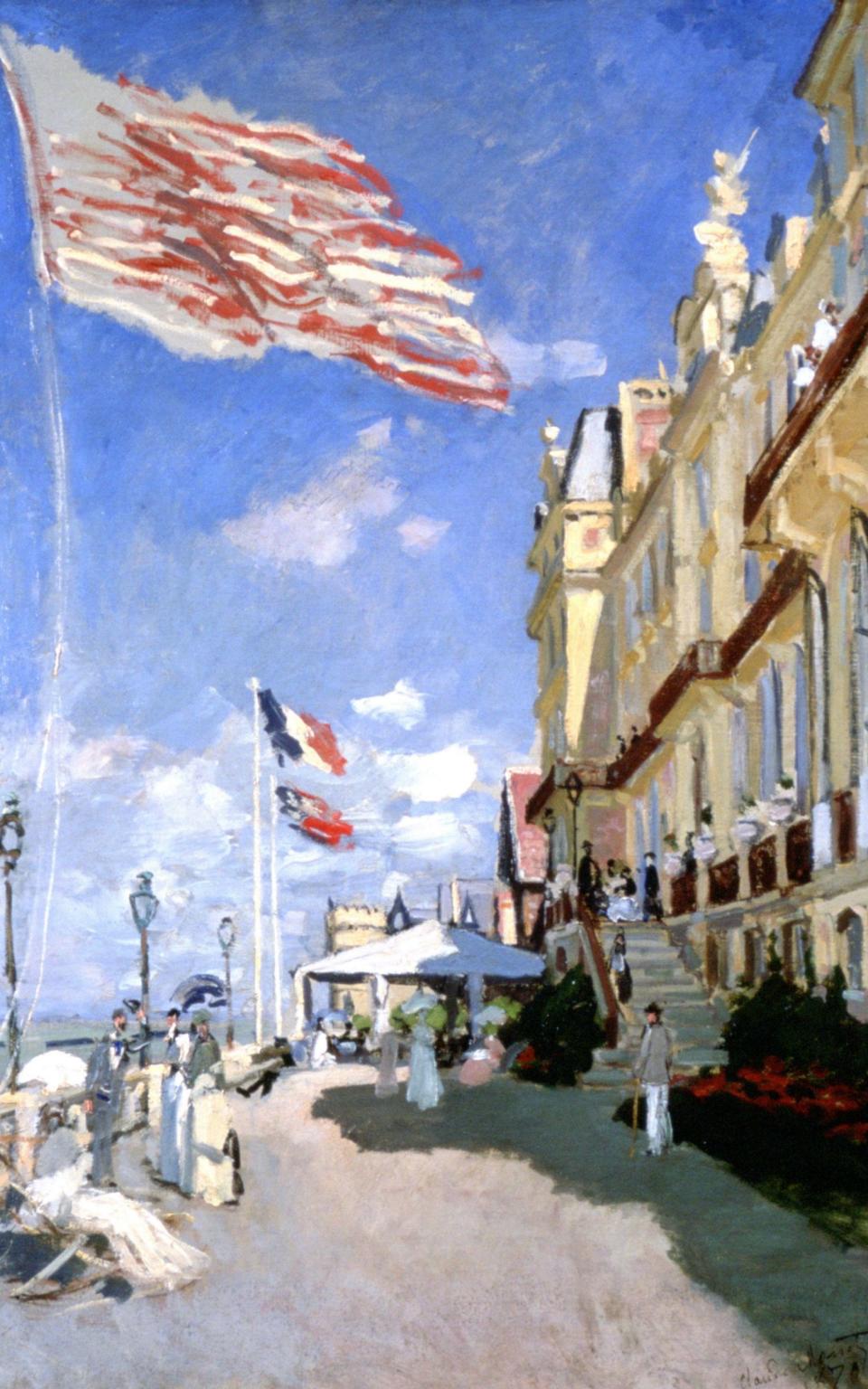

Trouville
Trouville was one of the most fashionable 19th-century resorts on the Normandy coast until it was gradually eclipsed by the development of its neighbor Deauville in the 1860s. Although its grand hotels have been converted into apartments, there is still an air of prosperity. One of these was the famous Hotel des Roches Noires, which Monet painted in 1870 with its flags stretched by the sea breeze. Many of Boudin’s scenes showing holidaymakers gathering on the beach are depicted here.
Le Havre
Especially a Monet painting, Impression, The Sun is Rising, would prove particularly important in the history of the movement. He made a hasty sketch of a bright orange sun burning through the mists of the bustling harbor from the window of his hotel room in Le Havre in 1872, and named it on a whim when it hung on display. One critic reviewing the series caught the word “impression” and it stuck.
You can still find its location on the Quai de Southampton, but the original buildings were demolished during the liberation of France. Many tourists who come to Le Havre today are fans of modernist architecture. Auguste Perret’s neat apartment blocks are examples of their kind, and the cathedral’s high tower is certainly one of the largest buildings ever constructed of concrete.
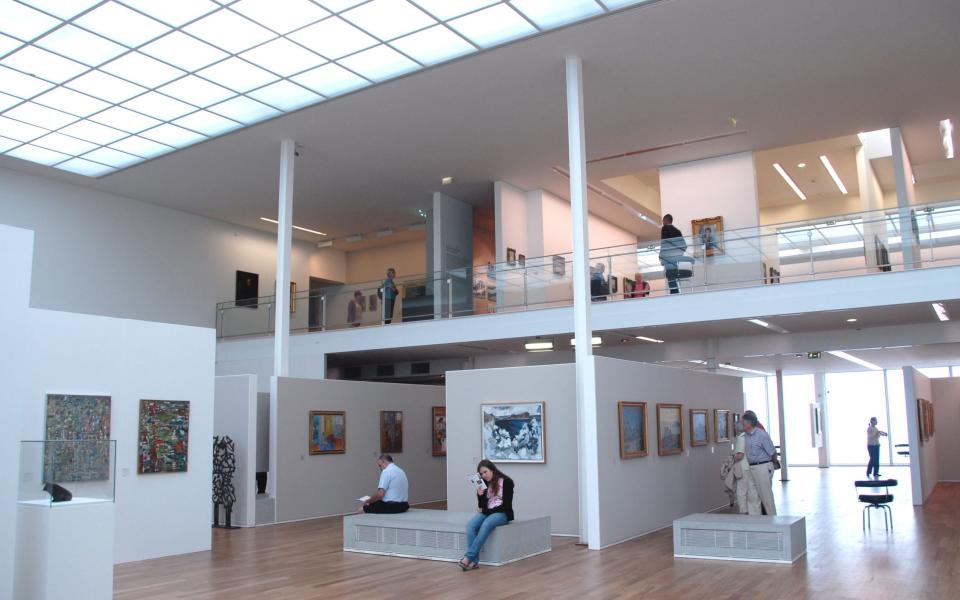

After the Musée d’Orsay, art lovers will be drawn to another modernist building called the Musée d’Art Moderne André Malraux, which houses one of the finest collections of Impressionist art in France. Many of the paintings were donated by the family of a local collector and include works by Boudin, Monet, Renoir, Pissarro, Sisley, Degas, Courbet and Corot. This summer, the impressionist celebrates its anniversary with an exhibition of photographs from the period 1840-1890 in Normandy (muma-lehavre.fr).
Etretate
One of the smallest but most beautiful resorts on the Normandy coast, the beach at Étretat is surrounded by two large limestone cliffs, each forming a spectacular rock arch. The famous Manneport arch at the western end of the bay was Monet’s favorite subject; Monet returned here again and again to capture the contrasting effects of light and air on the sea-battered cliffs (as well as the beach at nearby Fécamp). fascinated him). Courbet and Boudin also painted here; Pissarro, Manet and Renoir worked nearby, and Maupassant, Offenbach and Zola kept villas on the hillsides behind the bay.
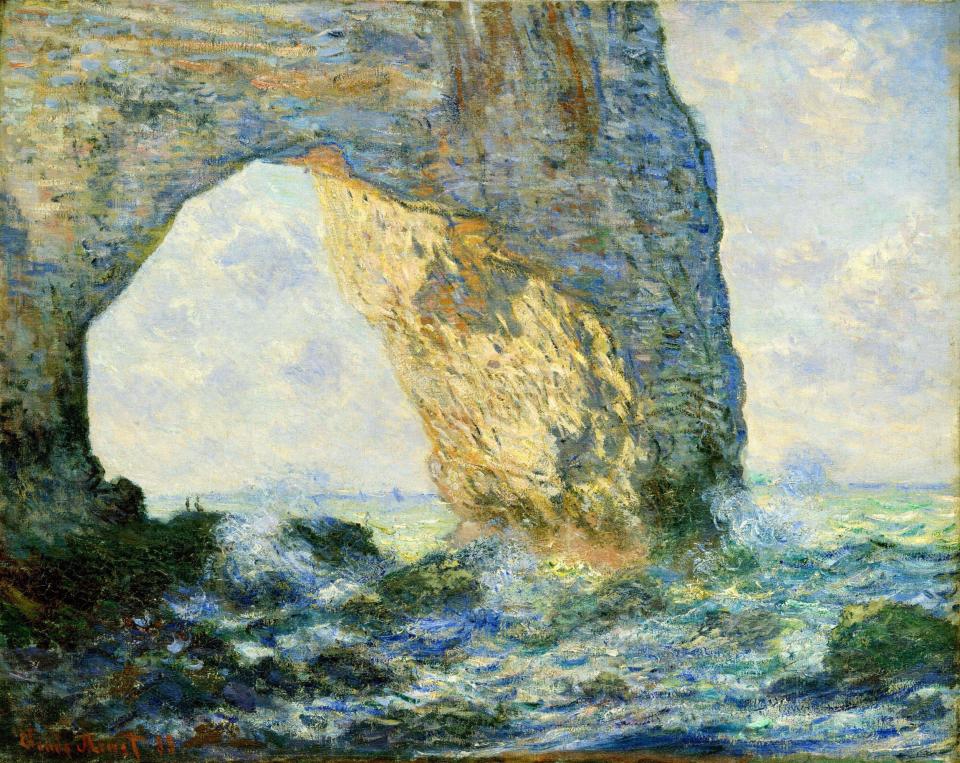

Dieppe and Pourville
Dieppe was the first town in Normandy to be developed as a seaside resort, but it was too windy for comfort and was rapidly falling out of favor by 1830. It remains one of the most beautiful harbors on this coastline and is a wonderful harbour. The Château museum contains, among others, paintings by Renoir and Pissarro, both of whom came here to paint. Monet also visited, but preferred the rugged cliffs and quieter atmosphere of nearby Pourville-sur-Mer, where he bought a house, and Varengeville-sur-Mer.
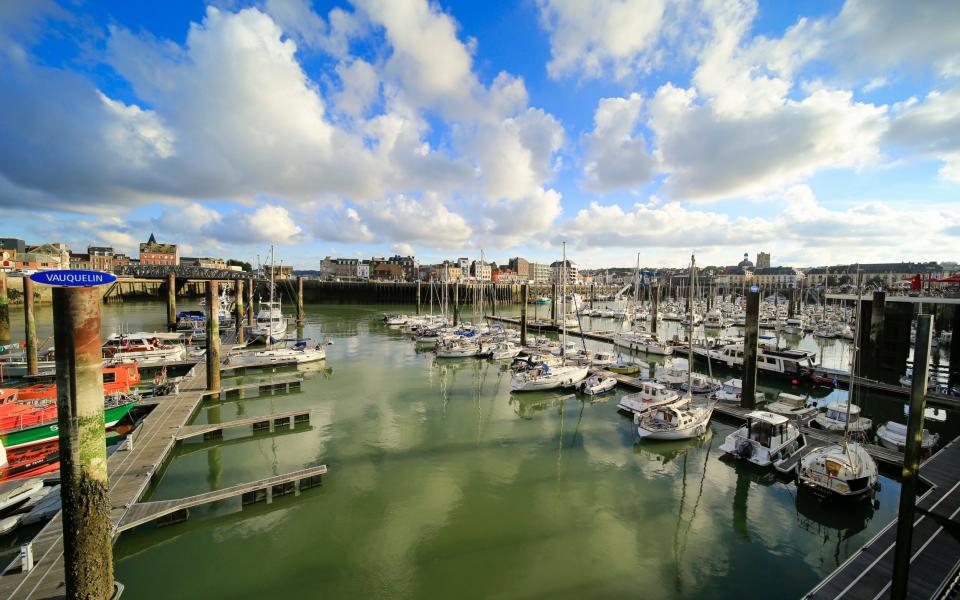

rouen
One of Monet’s most famous series of paintings, painted between 1892 and 1895, depicts the west façade of Rouen cathedral in different weather conditions and at different times of day. If you can’t find the right angle when you visit, it’s because it’s housed in the (appropriately screened) first-floor changing rooms of a women’s clothing store in the opposite building.


One of the 30 cathedral paintings is housed in the Musée des Beaux-Arts, which has an impressive collection of old masters and Impressionists. This summer’s special exhibition features David Hockney’s photographs of the Normandy countryside (mbarouen.fr).
Giverny
Monet thought his greatest work of art was not his paintings but the garden he created at his country estate in Giverny. He spent nearly 35 years planting and replanting, cutting down trees and diverting the river to create his own lily pond, which became the inspiration for his water lily paintings.
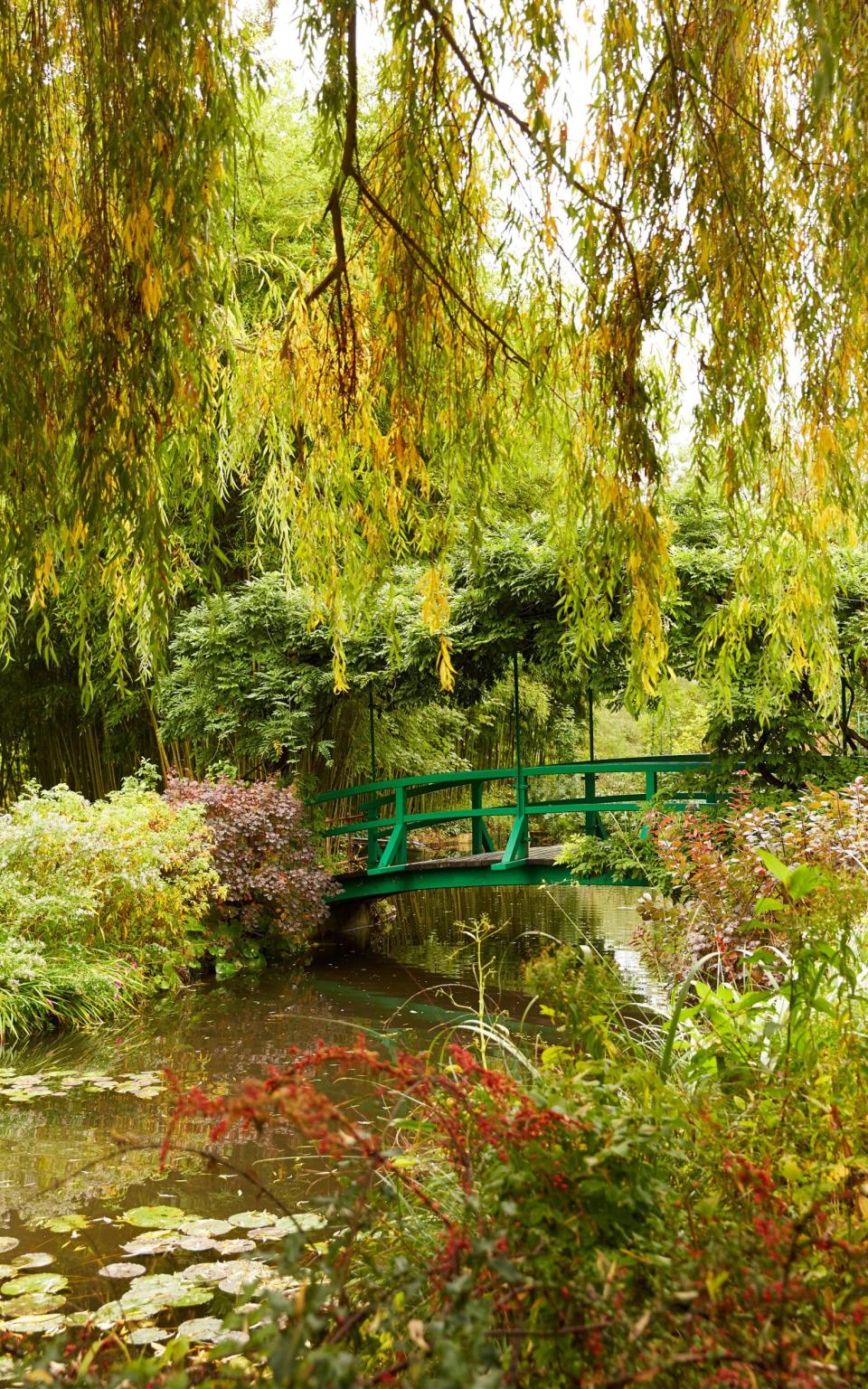

The only works still housed here are reproductions, but the house and garden are must-sees for Monet fans (fondation-monet.com).
Fundamentals
DFDS (dfds.co.uk) operates daily car ferries between Newhaven and Dieppe. Standard returns start from £87 one way (a two-passenger car).
Nick Trend was a guest at Ferme St Siméon (relaischateaux.com) overlooking the mouth of the Seine in Honfleur. They have deep connections with the Impressionists: Boudin often stopped to drink, eat and paint, and Monet was a regular visitor (he was currently staying in room 22). This summer, the hotel placed reproductions of more than 50 paintings by famous artists who stayed or painted there around the gardens. Double rooms start from €250 (£215) per night, including breakfast.